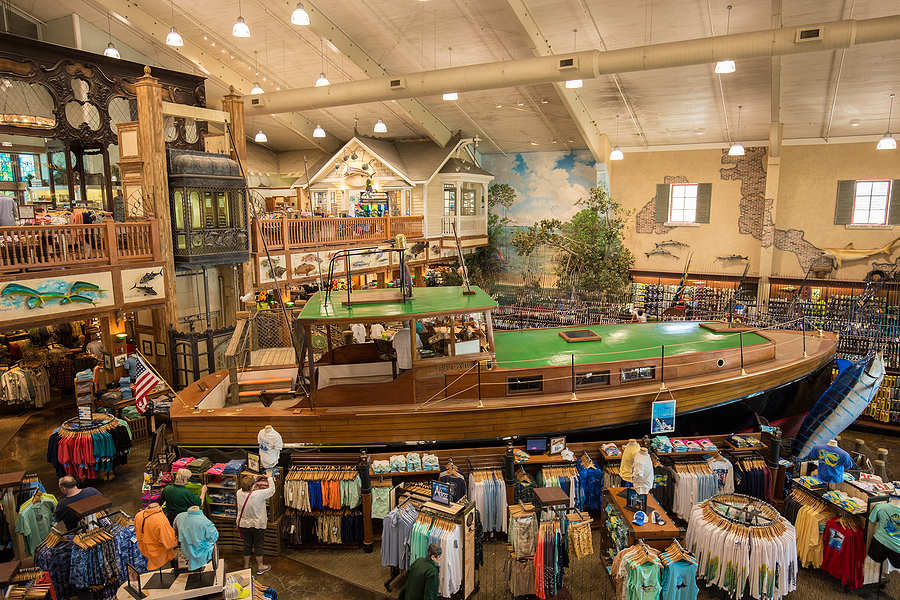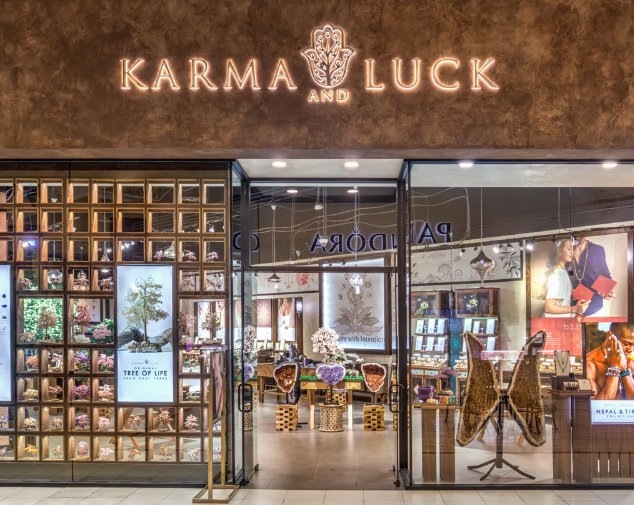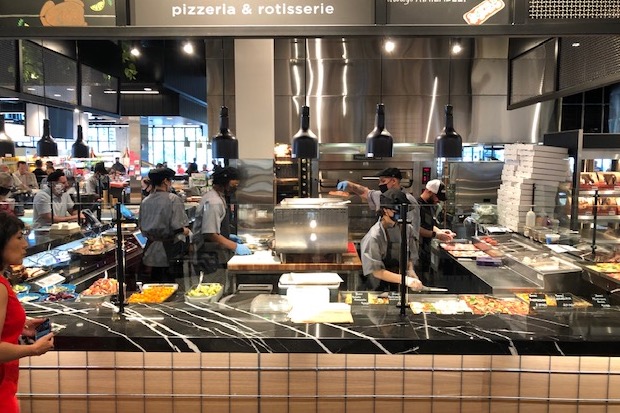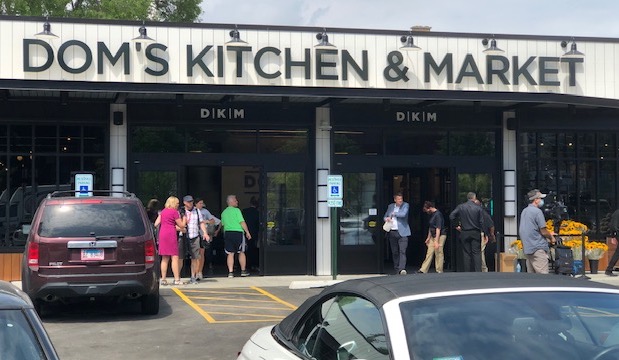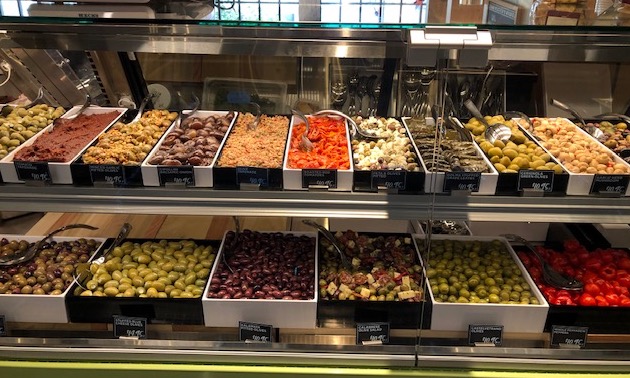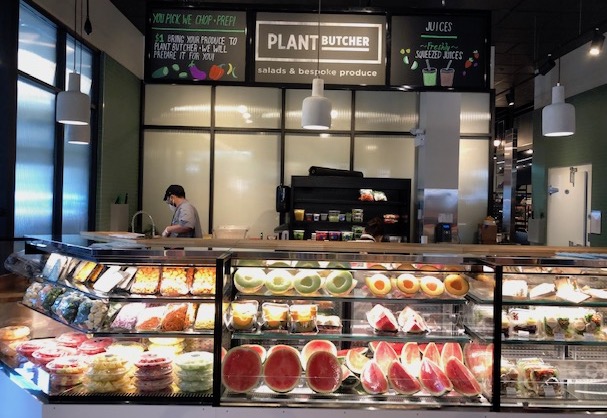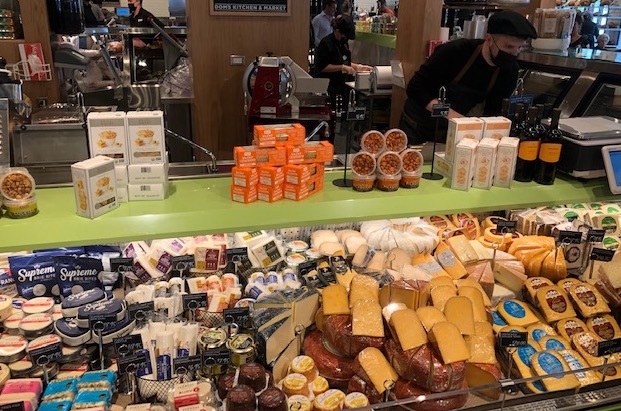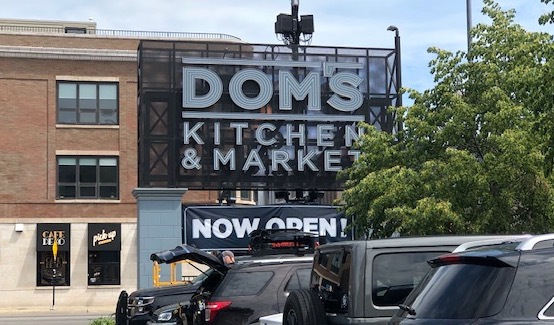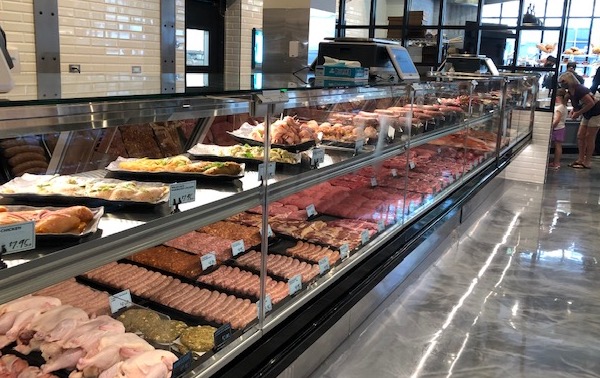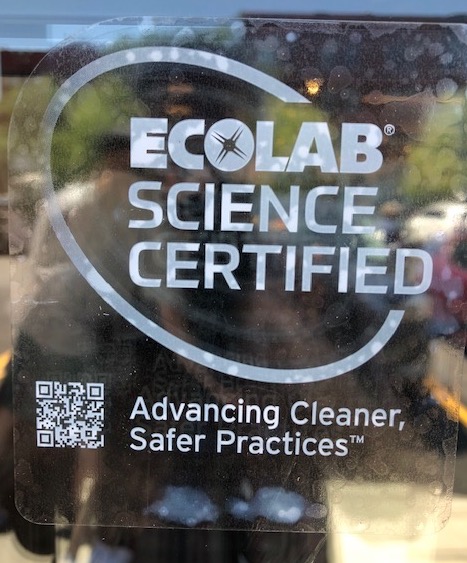
Formidable Combination: Differentiated Brand and Strong Retail Marketing
September 18th, 2024 Posted by Emergent Brand differentiation, brand marketing, brand messaging, brand strategy, Retail brand building, Retail Marketing 0 comments on “Formidable Combination: Differentiated Brand and Strong Retail Marketing”You don’t need to roll the dice on chasing attention…
The legendary Peter Drucker said, “business has only two functions, marketing and innovation, and everything else is just costs.” His bucket of cold-water reality statement is based on a profound understanding: even superior products can fail to gain traction in the marketplace, where strong brands built on a foundation of compelling strategic differentiation can beat everything else. However, perception doesn’t lead reality by very far, so the relative strength and power of the product innovation remains a critical component of sustainable business growth. Yet still his point well taken, but often missed.
- Thus why Emergent is a hybrid integration of brand strategy guidance and creative brand storytelling, because both must be in harmony for business results to manifest. A poorly positioned and undifferentiated brand does not improve when the media spotlight is turned on and amplifies those weaknesses.
- Our perspective and experience having launched hundreds of brands, new categories and products helps shorten the distance between investment and bankable results. Yet all too often, businesses get stuck in rinse and repeat performances that essentially handcuff the “marketing” outcomes to marching in step with prevailing category conditions (good or bad).
Far too many organizations view marketing as “the department down the hall,” and don’t give it the priority and resource allocation it so richly deserves. Perhaps this is a holdover of old business school traditions about the importance of finance and operations. Yet we have mountains of evidence that marketing/brand led businesses will outperform everything else. You can’t “balance sheet control” your way to marketplace success.
Equally important though not to conflate this perspective with big attention chasing ad campaigns and media spend overreach that depresses profits while serving up some marquis brand-ertainment. Pepsi just recently released a Gladiator-themed commercial to coincide with the return of football season, stuffed with A-list stars including Megan-thee-Stallion and Travis Kelce. It’s big budget blast used to chase awareness. Is this strategy at play? No, it’s tactics at play, albeit a well-financed and cinematic version. Of note, retailers may appreciate the spend regardless of whether or not the brand itself is sufficiently separated and elevated from all choices it competes with. However, most businesses will need to be more strategic to succeed.
The goal of sound strategy is differentiation. Said another way, an effort to gain monopoly-like status in a crowded field. Businesses faced with a lot of similar competition can struggle to deliver profits because` of market forces that inevitably push pricing towards the top of the competitive agenda.
A better path
Marketing in its purest form is always led by strategy, and optimal strategy is centered on how to separate and elevate a business from the competition, such that it creates its own distinct category by offering something consumers can only get from you.
Peter Theil in his excellent book, “Zero to One” helps us understand the relative power of successfully positioned brands in his description of challenges posed by sameness and similarity in a category. “In 2012, when the average airfare each way was $178, the airlines made only 37 cents per passenger trip. Compare them to Google, which creates less value but captures far more. Google brought in $50 billion in 2012 (versus $160 billion for the airlines), but it kept 21% of those revenues as profits—more than 100 times the airline industry’s profit margin that year. Google makes so much money that it’s now worth three times more than every U.S. airline combined. The airlines compete with each other, but Google stands alone.”
- Different business model you say, but the principle is clear: the more you seek to operate as a market of one and not many, the more control you have over your destiny.
The business end of marketing well played
Entirely too much emphasis is placed on expensive ad campaigns as a poster child of marketing best practices. The war is often won in the trenches and chasing high media investment awareness is an expensive, profit draining gambit many brands would be foolish to pursue.
Well-positioned brands that are imbued with deeper meaning and mission can attract legions of ambassadors, enthusiasts and believers who join the brand community and then turn around and talk about it. This is the 80/20 rule writ large (most of your sales and profits come from a smaller segment of devoted customers) and the most powerful and credible channel of communication because it is trusted and not dependent on mega-sized paid media spending.
Combine this with a solid retail marketing plan and you’ve got your hands on the levers of push and pull that can drive profitable results. Let’s take a closer look at example elements of strong retail support that can secure sales traction for a well-positioned brand.
Retailer support concepts
1. Strengthening retailer relationships
- Personalized engagement through dedicated account handlers to build stronger relationships and ensure retailers feel valued and supported.
- Ongoing communication to keep retail customers in the loop about new products, promotions, and company news using tools such as e-newsletters, webinars, and retailer townhalls with executive presentations.
2. Tailored marketing support
- Co-branded marketing materials, including in-store displays, brochures, and social media content.
- Localized marketing outreach designed for resonance with the specific demographics and preferences of a retailer’s customer base.
- Providing training on digital marketing techniques, such as social media marketing and online advertising, to help retailers more effectively reach a broader audience.
3. Comprehensive training
- Developing training programs for store sales staff, focused on your brand narrative and differentiated story. This can be delivered through online modules, in-person workshops and webinars.
- More targeted lifestyle education in meaningful areas like nutrition and wellness, helping store staff become trusted customer advisors — to enhance retailer reputation as knowledgeable and caring.
- Sales training to help staff improve their customer service and engagement skills.
4. Exclusive promotions and incentives
- Building exclusive promotions around special discounts, bundle offers, or limited-edition products to help drive traffic and sales.
- Retailer loyalty programs that reward partnership and performance, such as rebates, free product samples, or marketing support funds.
- Partnering with retailers on in-store events such as seminars, product demonstrations and experiences to engage customers and increase brand visibility.
5. Feedback and ongoing Improvement
- Creating retailer advisory councils to gather ongoing feedback and insights so you can better understand their needs and challenges.
- Conducting regular surveys and feedback sessions to monitor the effectiveness marketing activity and identify areas for improvement.
6. Leveraging community and cause campaigns
- Supporting local cause events and charities that retailers are already involved in to strengthen community ties and brand loyalty; or partner with retailers to build original cause marketing campaigns that resonate with their customer base.
Why does this matter?
Getting as close as possible to your customer at the point of decision is never a bad idea. The moment of truth at shelf can be significant as consumers navigate choice and think about their priorities and spend.
Yes, it’s an eco-system that helps people understand and “feel something” about your brand BEFORE they go to the store. However, what happens at retail should also be carefully designed and not left with other brands to usurp.
Integration of the two is your strongest play: a highly differentiated brand with a great story to tell, matched with strong retail partnerships and support to close the loop. In a way this explains why Emergent exists and what we aim to deliver. Separately, these tools don’t perform as well. Planned and integrated, it forms a strong cohesive foundation on which to build a lasting, profitable business.
Can you see it?
If this approach stimulates questions about how it can apply to your unique brand challenges, us the link below to ask questions and open a dialogue that should prove insightful and useful for your planning.
Looking for more food for thought? Subscribe to the Emerging Trends Report.
Bob Wheatley is the CEO of Chicago-based Emergent. Traditional brand marketing often sidesteps more human qualities that can help consumers form an emotional bond. Yet brands yearn for authentic engagement, trust and a lasting relationship with their customers. For more information, contact [email protected] and follow on Twitter @BobWheatley.
